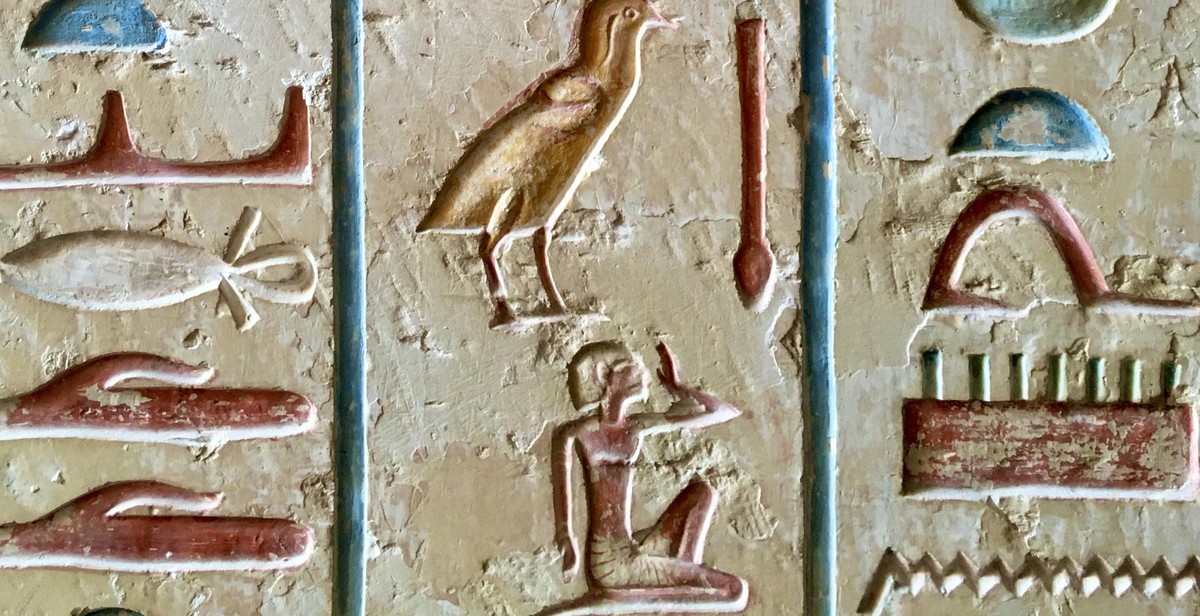How to Research and Write a Historical Fiction Novel: Techniques for Authenticity
Writing a historical fiction novel can be a daunting task, but with the right techniques, it can also be an exciting and rewarding experience. Historical fiction is a genre that blends real-life events and characters with fictional elements to create a compelling narrative. To ensure authenticity, it is essential to conduct extensive research to accurately portray historical events, settings, and characters.
Why Authenticity Matters
Historical fiction readers are passionate about the genre and expect a high level of authenticity from the author. Inaccuracies and inconsistencies can quickly turn off readers and damage the author’s reputation. Therefore, it is crucial to conduct thorough research and strive for accuracy in every detail, from clothing and language to customs and beliefs.
Research Techniques
There are various research techniques that writers can use to ensure authenticity:
- Reading primary and secondary sources
- Visiting historical sites and museums
- Interviewing experts in the field
- Watching documentaries and films
Writing Techniques
Once the research is complete, it is time to start writing. To create a compelling historical fiction novel, writers should:
- Use accurate language and dialogue
- Include realistic details and descriptions
- Stay true to the historical context
- Develop complex and believable characters
By following these techniques, writers can create an authentic and engaging historical fiction novel that will captivate readers and stand the test of time.

Why Authenticity is Important in Historical Fiction
Historical fiction is a genre that blends historical facts and events with fictional characters and plots. While the genre allows for creative freedom, it’s essential to maintain authenticity to keep the reader engaged and invested in the story.
Creates a Sense of Believability
Authenticity is crucial in historical fiction because it creates a sense of believability. Readers want to feel like they are transported back in time and experiencing the events themselves. If the author doesn’t accurately depict the historical period, the reader may feel disconnected and uninterested in the story.
Preserves Historical Accuracy
Historical fiction also has a responsibility to preserve historical accuracy. While fictional characters and events can be added, the author must stay true to the historical facts and societal norms of the time. This not only educates readers but also ensures that the author is respecting the culture and history of the time period.
Engages Readers with History
Authenticity in historical fiction can also engage readers with history in a way that textbooks and lectures cannot. By creating relatable characters and relatable events, readers can gain a deeper understanding and appreciation for the past.
Conclusion
Overall, authenticity is an essential aspect of historical fiction. It creates a sense of believability, preserves historical accuracy, and engages readers with history. As a writer, it’s crucial to conduct thorough research and stay true to the culture and societal norms of the historical period to create a compelling and authentic story.

Step 1: Choose a Time Period and Setting
When it comes to historical fiction, authenticity is key. To create a believable and engaging story, it’s important to research the time period and choose a setting that accurately reflects the era you’re writing about.
Researching the Time Period
The first step in choosing a time period is to do your research. This means reading books, articles, and primary sources that give you an understanding of the people, culture, and events of the era you’re interested in. Look for details that will help you create an authentic setting, such as clothing, food, and daily life.
It’s also important to understand the historical context of the time period. What were the major events and conflicts of the era? How did they shape the people and culture of the time? Understanding these factors will help you create a more nuanced and believable story.
Choosing the Setting
Once you’ve chosen a time period, it’s time to select a setting for your story. This could be a specific location, such as a city or town, or a broader geographic region, such as a country or continent.
When choosing a setting, consider the following:
- What locations were important during the time period?
- What types of buildings and architecture were common?
- What was the natural landscape like?
Remember, your setting should be accurate and authentic, but it should also be interesting and engaging for your readers. Choose a location that will help bring your story to life.
| Tip: | Use Google Maps and Google Earth to explore your setting. This can help you visualize the geography and architecture of the location. |
|---|

Step 2: Research the Time Period
Researching the time period is essential to creating a believable and authentic historical fiction novel. There are many ways to research a time period, but the most common methods include using primary sources, secondary sources, and online resources.
Primary Sources
Primary sources are first-hand accounts of historical events and can include diaries, letters, newspapers, and government documents. These sources provide valuable insights into the daily lives, beliefs, and attitudes of people during the time period you are researching.
When using primary sources, it’s important to consider the author’s perspective and biases. For example, a government document may reflect the views of the ruling class rather than the general population.
Secondary Sources
Secondary sources are interpretations and analyses of primary sources. These can include history books, academic journals, and biographies. Secondary sources can provide a broader understanding of the time period and its social, political, and cultural context.
When using secondary sources, it’s important to consider the author’s credentials and reputation. Look for sources written by historians or scholars who specialize in the time period you are researching.
Online Resources
Online resources can be a valuable tool for researching historical fiction novels. Websites such as archives.gov, history.com, and jstor.org offer access to primary and secondary sources, as well as scholarly articles and research papers.
When using online resources, it’s important to evaluate the credibility of the source. Look for sites that are maintained by reputable organizations or academic institutions.
| Pros | Cons |
|---|---|
| Primary sources offer first-hand insights into the time period. | Primary sources may be biased or limited in scope. |
| Secondary sources provide a broader understanding of the time period. | Secondary sources may be influenced by the author’s perspective. |
| Online resources offer convenient access to primary and secondary sources. | Online resources may not be credible or reliable. |
By using a combination of primary sources, secondary sources, and online resources, you can gain a comprehensive understanding of the time period and create a compelling and authentic historical fiction novel.

Step 3: Develop Your Characters
Creating believable characters is crucial in historical fiction writing. Your characters should be authentic and true to the time period you are writing about. To achieve this, it’s important to research the social norms, beliefs, customs, and language of the era. This will help you create characters that are relatable and engaging to your readers.
Researching Historical Figures
Researching historical figures is a great way to add authenticity to your characters. You can draw inspiration from real people who lived during the time period you are writing about. However, it’s important to remember that you are writing fiction, so you should not be constrained by historical accuracy.
When researching historical figures, look for details about their personality, beliefs, and actions. Use this information as a foundation for your fictional characters, but feel free to add your own unique spin.
Creating Believable Characters
When creating your characters, consider their motivations, desires, and fears. Ask yourself how their experiences in the historical context would shape their personalities and behaviors. Make sure your characters are well-rounded and have flaws, just like real people.
- Use dialogue that is appropriate for the time period and the character’s social status.
- Include physical descriptions that reflect the era.
- Avoid anachronisms that could take the reader out of the story.
By developing your characters with authenticity and care, you will create a compelling and engaging historical fiction novel.

Step 4: Weaving Historical Events into the Plot
Choosing historical events to include in your historical fiction novel is a crucial step in creating an authentic and engaging story. When selecting events, consider their relevance to your plot and characters, as well as their impact on the time period you are writing about.
Incorporating Historical Events into the Plot
Once you have chosen the historical events to include in your novel, it is important to weave them seamlessly into the plot. Here are some techniques to help you do this:
- Integrate events into the storyline: Historical events should not be added as an afterthought or a mere backdrop. Instead, they should be integrated into the storyline and affect the characters and their actions.
- Use multiple perspectives: Historical events can be seen and experienced in different ways by different people. Use multiple perspectives to show how events impact different characters and their lives.
- Research thoroughly: Make sure you have a deep understanding of the historical events you are incorporating into your story. This will help you to accurately portray the events and their impact on the time period.
By incorporating historical events into your plot, you can create a richer and more authentic story that will captivate readers and transport them to another time and place.

Step 5: Editing for Authenticity
Fact-checking is an essential part of writing historical fiction. Once you have completed the first draft of your novel, it is time to start editing for authenticity. This process involves verifying the accuracy of the historical events, characters, and places you have included in your novel.
Fact-Checking
One of the most crucial steps in editing for authenticity is fact-checking. You need to ensure that all the historical facts you have included in your novel are correct. You can do this by consulting primary sources such as historical documents, newspapers, and journals. You can also consult with historians and experts in the field to verify the accuracy of your work.
Avoiding Anachronisms
Another essential aspect of editing for authenticity is avoiding anachronisms. An anachronism is a mistake where something is included in your novel that did not exist at the time you are writing about. For example, if you are writing a novel set in the 1800s, you cannot include references to modern technology such as smartphones or computers.
To avoid anachronisms, you need to research the time period thoroughly. You need to understand the culture, language, and technology of the time. You can also use historical dictionaries and encyclopedias to ensure that the words and phrases you use are appropriate for the time period.
Overall, editing for authenticity is an essential step in writing historical fiction. It ensures that your novel is accurate and believable, helping you to immerse your readers in the world you have created.

Conclusion
In conclusion, writing historical fiction requires a combination of research, creativity, and storytelling. To create a believable world for your readers, you need to be knowledgeable about the era you’re writing about. Conducting research in libraries, museums, and historical sites is a great way to gather information. You can also use online resources such as databases, digital archives, and historical forums to supplement your research.
Once you have collected enough information, it’s time to start writing. Remember to stay focused on your story and characters while weaving in historical details. Use sensory details to immerse your readers in the world you’ve created. Don’t be afraid to add fictional elements to your story, but make sure they are believable and consistent with the historical context.
Finally, always be open to feedback and criticism. Joining a writing group or seeking feedback from beta readers can help you identify areas that need improvement. Remember that writing is a process, and it often takes several drafts to create a polished final product.
- Research extensively to create a believable world.
- Stay focused on your story and characters.
- Use sensory details to immerse your readers in the world you’ve created.
- Be open to feedback and criticism.
By following these techniques, you can create a compelling historical fiction novel that transports readers to another time and place. Happy writing!
